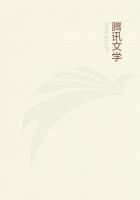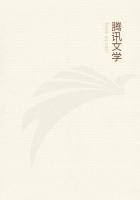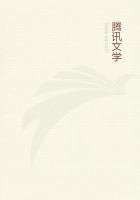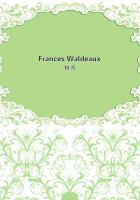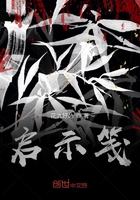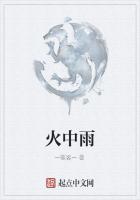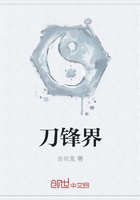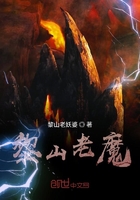"Give pensions to the learned pig, Or the hare playing on a tabor;Anglus can never see perfection But in the journeyman's labour," -he wrote in one of those rough-hewn and bitter epigrams of his. Yet the work that was then so lukewarmly received--if, indeed, it can be said to have been received at all--is at present far more sought after than Stothard's, and the prices now given for the "Songs of Innocence and Experience," the "Inventions to the Book of Job," and even "The Grave," would have brought affluence to the struggling artist, who (as Cromek taunted him) was frequently "reduced so low as to be obliged to live on half a guinea a week." Not that this was entirely the fault of his contemporaries. Blake was a visionary, and an untuneable man; and, like others who work for the select public of all ages, he could not always escape the consequence that the select public of his own, however willing, were scarcely numerous enough to support him. His most individual works are the "Songs of Innocence," 1789, and the "Songs of Experience,"1794. These, afterwards united in one volume, were unique in their method of production; indeed, they do not perhaps strictly come within the category of what is generally understood to be copperplate engraving. The drawings were outlined and the songs written upon the metal with some liquid that resisted the action of acid, and the remainder of the surface of the plate was eaten away with aqua-fortis, leaving the design in bold relief, like a rude stereotype. This was then printed off in the predominant tone--blue, brown, or yellow, as the case might be--and delicately tinted by the artist in a prismatic and ethereal fashion peculiarly his own. Stitched and bound in boards by Mrs. Blake, a certain number of these leaflets--twenty-seven in the case of the first issue--made up a tiny octavo of a wholly exceptional kind. Words indeed fail to exactly describe the flower-like beauty--the fascination of these "fairy missals," in which, it has been finely said, "the thrilling music of the verse, and the gentle bedazzlement of the lines and colours so intermingle, that the mind hangs in a pleasant uncertainty as to whether it is a picture that is singing, or a song which has newly budded and blossomed into colour and form." The accompanying woodcut, after one of the illustrations to the "Songs of Innocence," gives some indication of the general composition, but it can convey no hint of the gorgeous purple, and crimson, and orange of the original.
Of the "Illustrations to the Book of Job," 1826, there are excellent reduced facsimiles by the recently-discovered photo-intaglio process, in the new edition of Gilchrist's "Life." The originals were engraved by Blake himself in his strong decisive fashion, and they are his best work. A kind of deisidaimonia--a sacred awe--falls upon one in turning over these wonderful productions of the artist's declining years and failing hand.
"Leaving the old, both worlds at once they view, That stand upon the threshold of the new,"sings Waller; and it is almost possible to believe for a moment that their creator was (as he said) "under the direction of messengers from Heaven." But his designs for Blair's "Grave," 1808, popularised by the burin of Schiavonetti, attracted greater attention at the time of publication; and, being less rare, they are even now perhaps better known than the others. The facsimile here given is from the latter book. The worn old man, the trustful woman, and the guileless child are sleeping peacefully; but the king with his sceptre, and the warrior with his hand on his sword-hilt, lie open-eyed, waiting the summons of the trumpet. One cannot help fancying that the artist's long vigils among the Abbey tombs, during his apprenticeship to James Basire, must have been present to his mind when he selected this impressive monumental subject.
To one of Blake's few friends--to the "dear Sculptor of Eternity,"as he wrote to Flaxman from Felpham--the world is indebted for some notable book illustrations. Whether the greatest writers--the Homers, the Shakespeares, the Dantes--can ever be "illustrated"without loss may fairly be questioned. At all events, the showy dexterities of the Dores and Gilberts prove nothing to the contrary.

